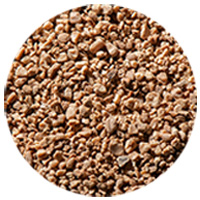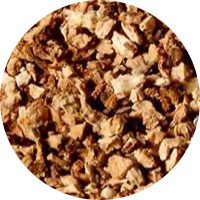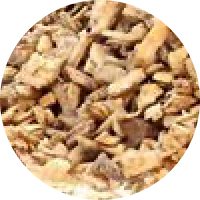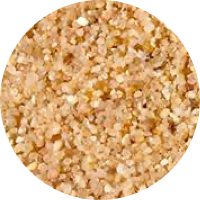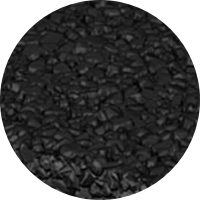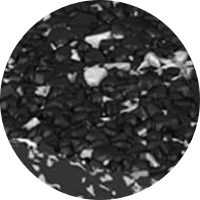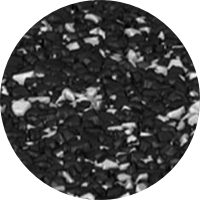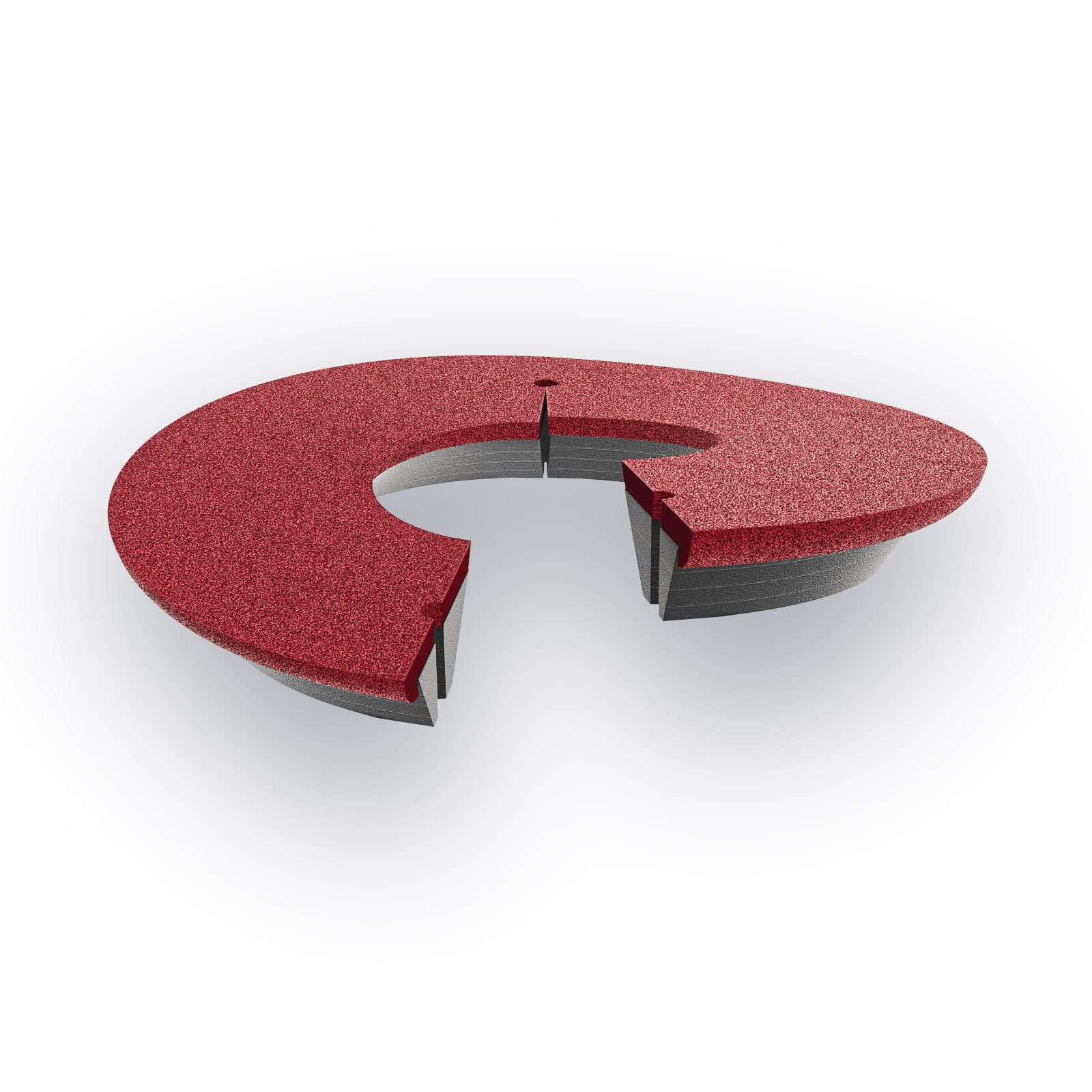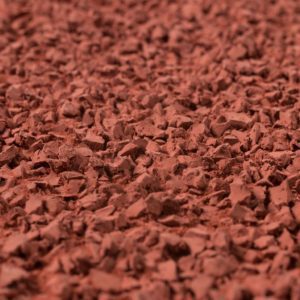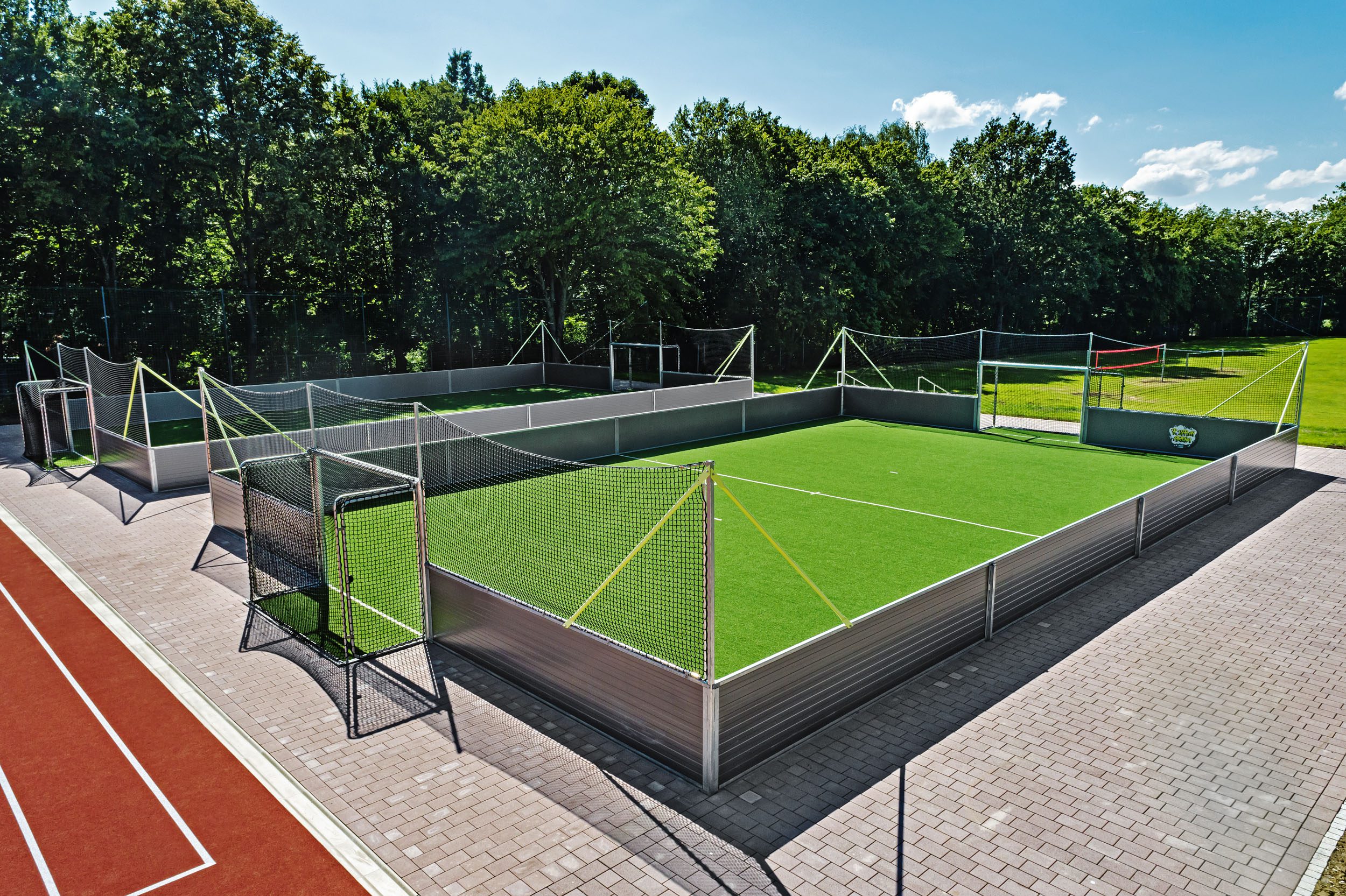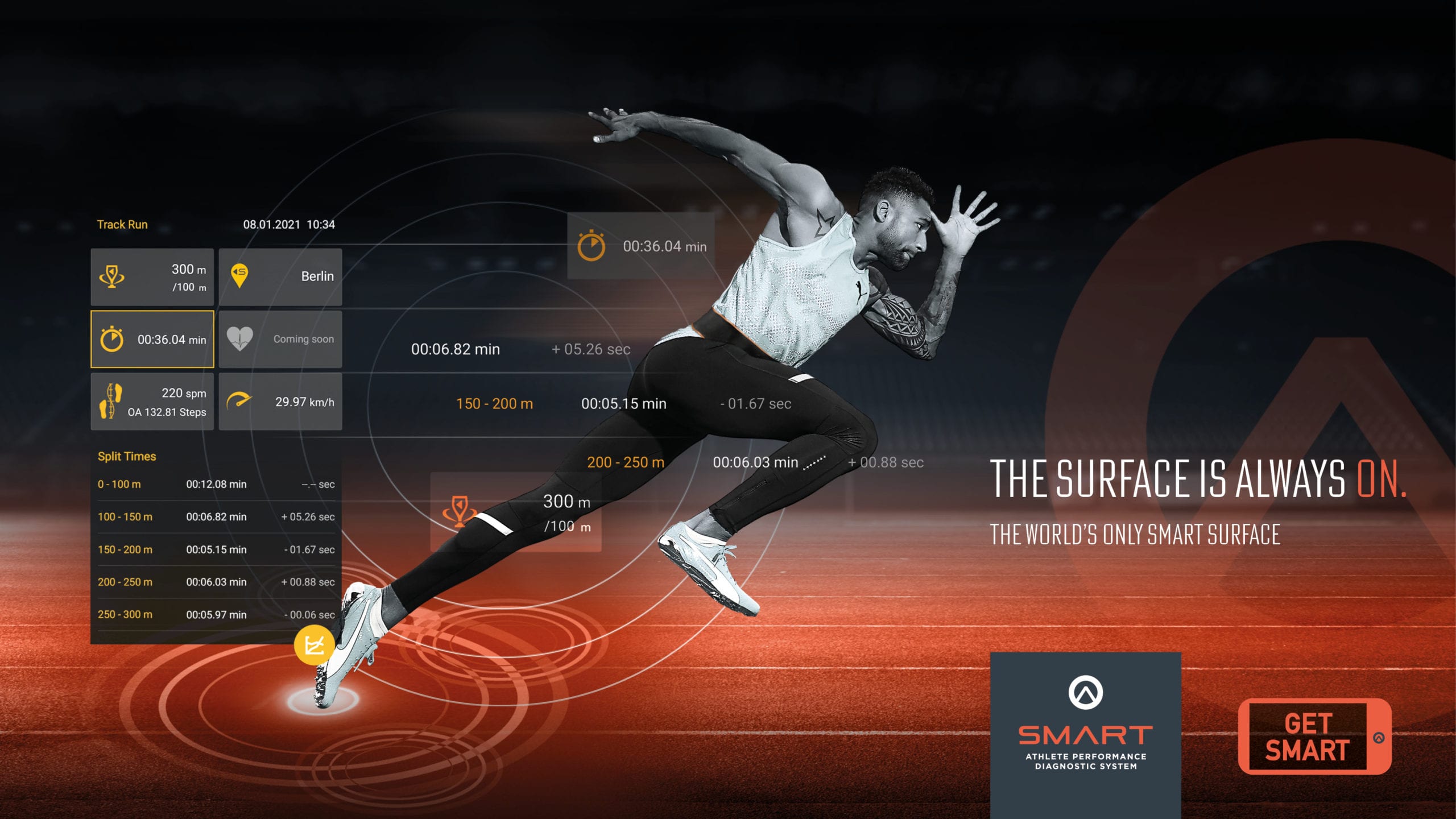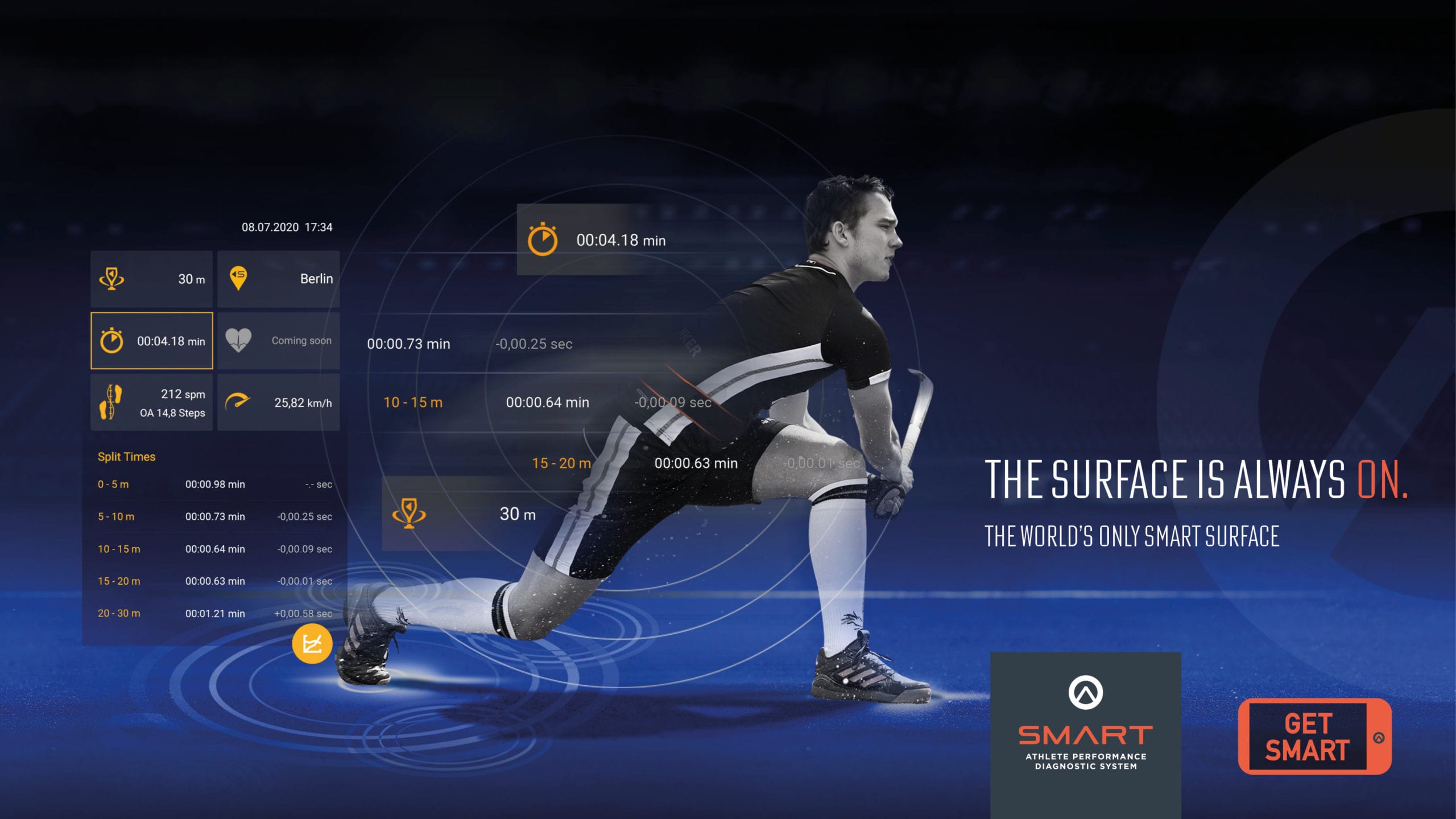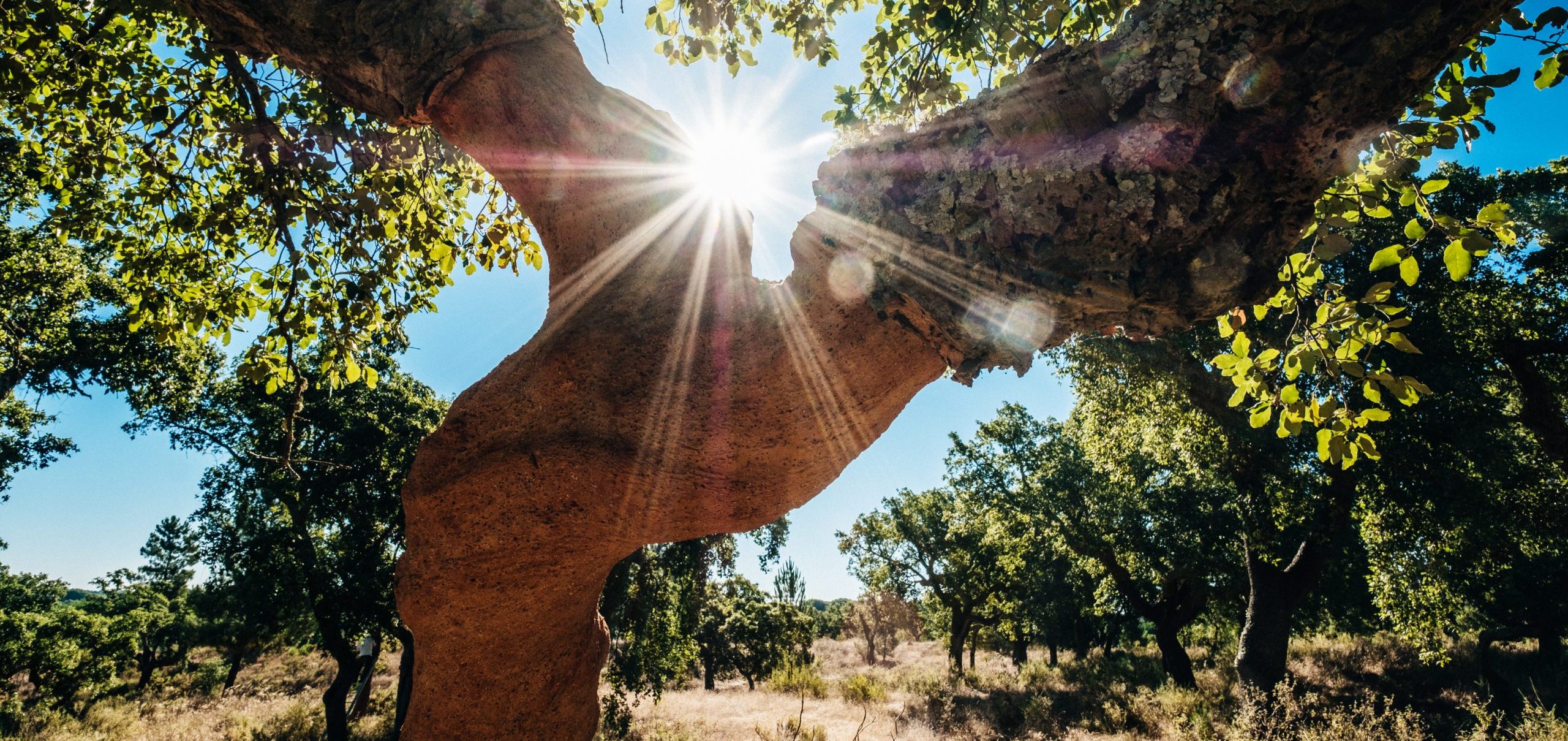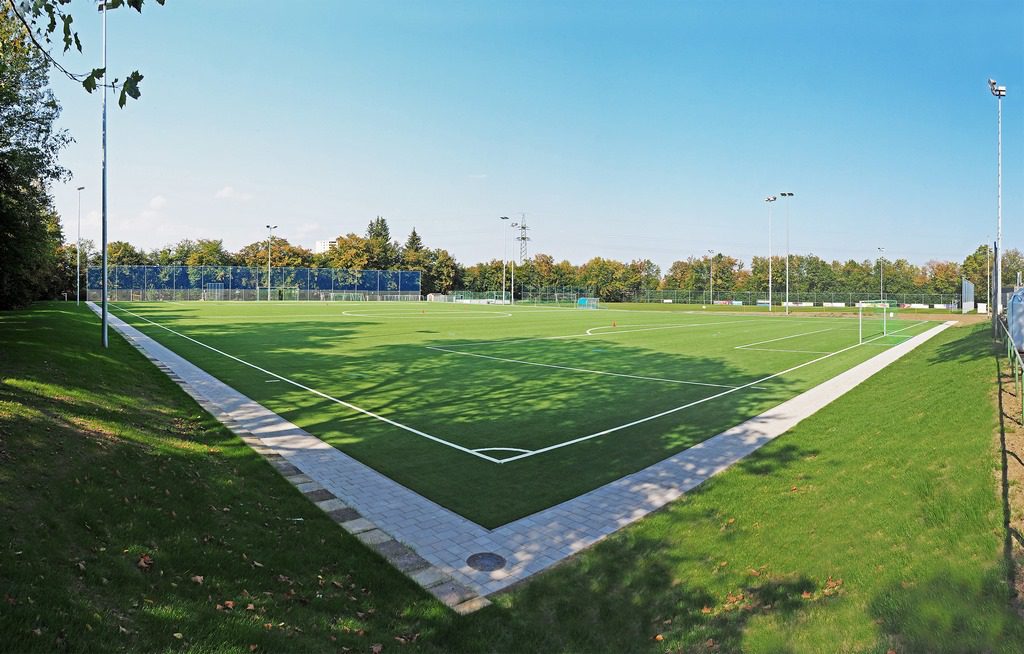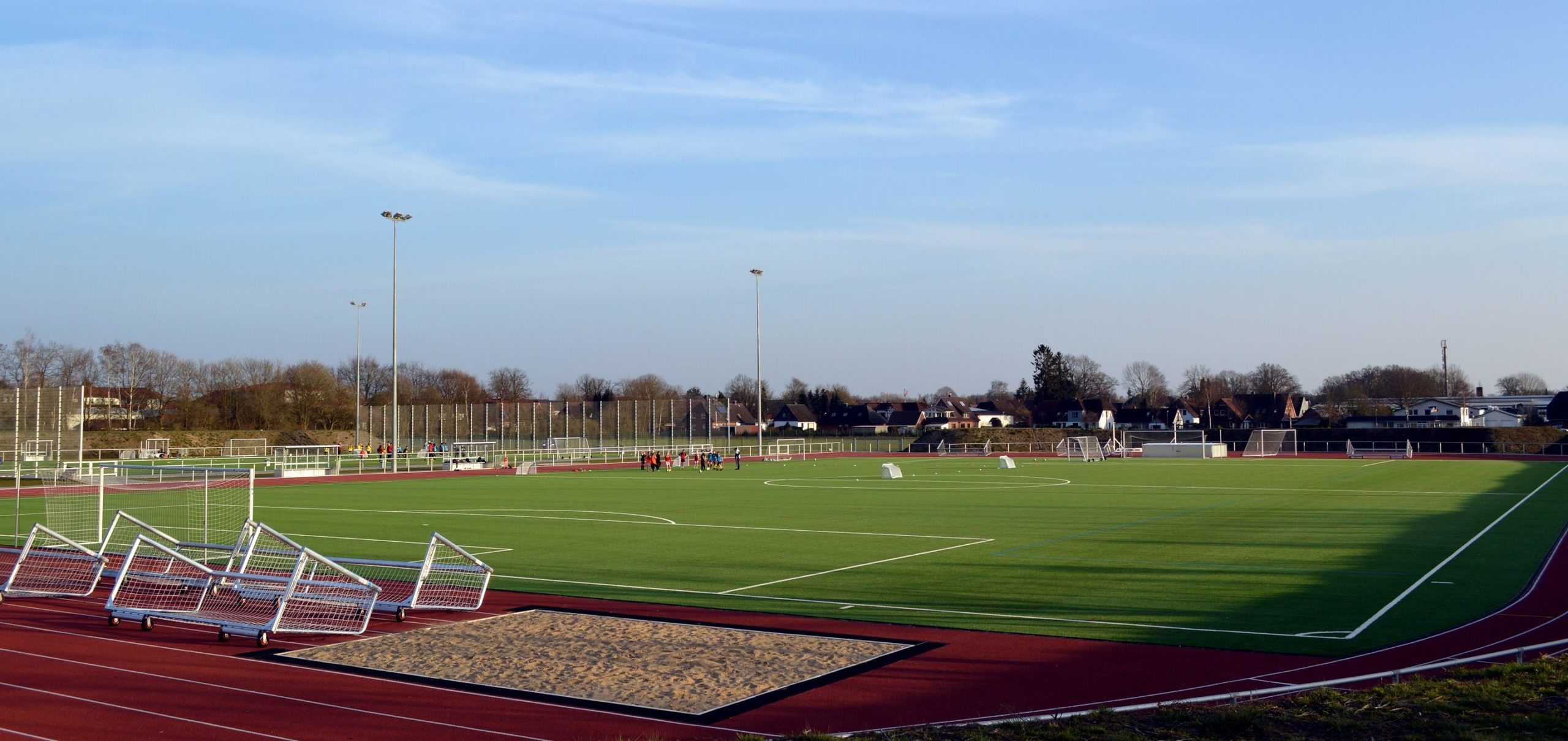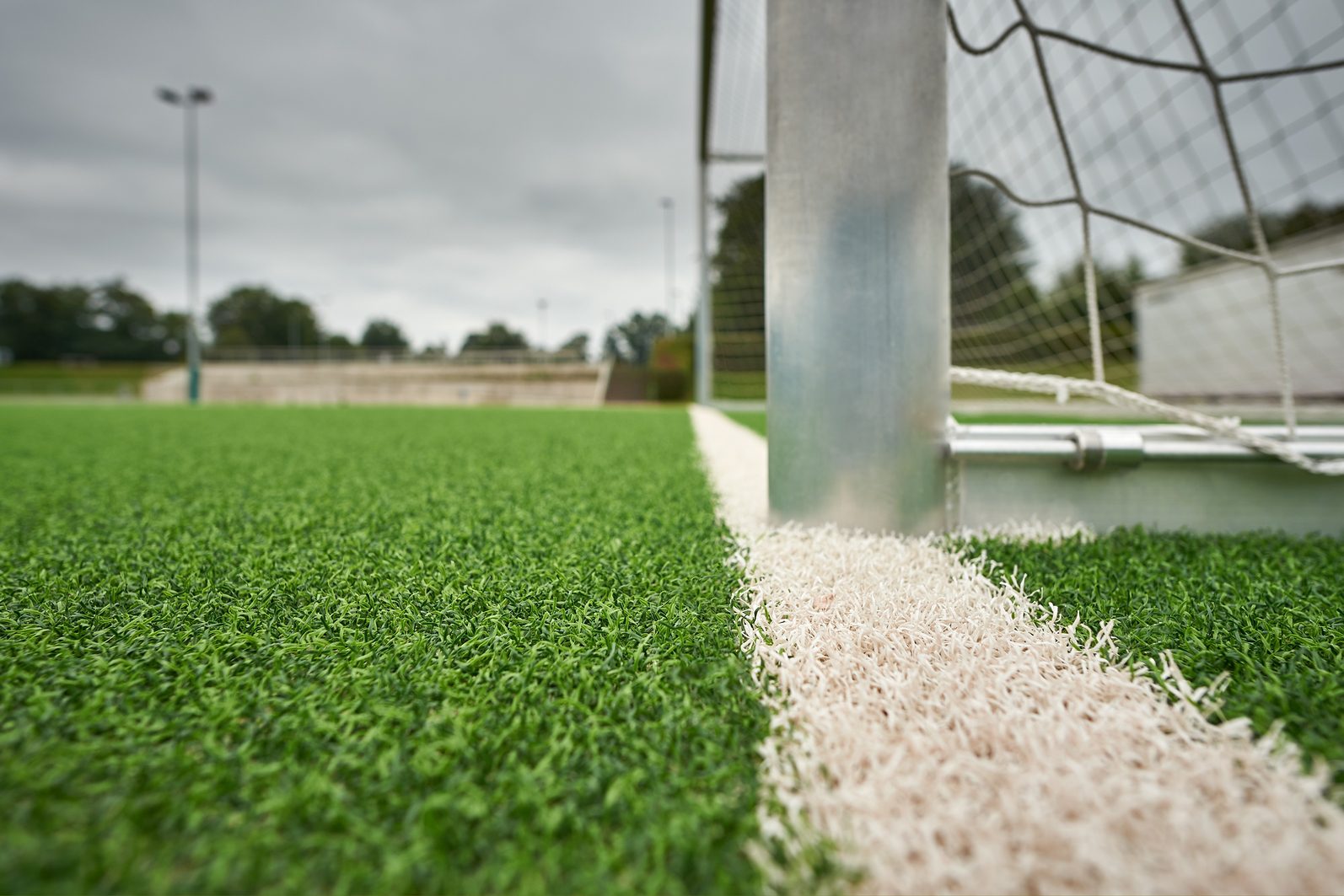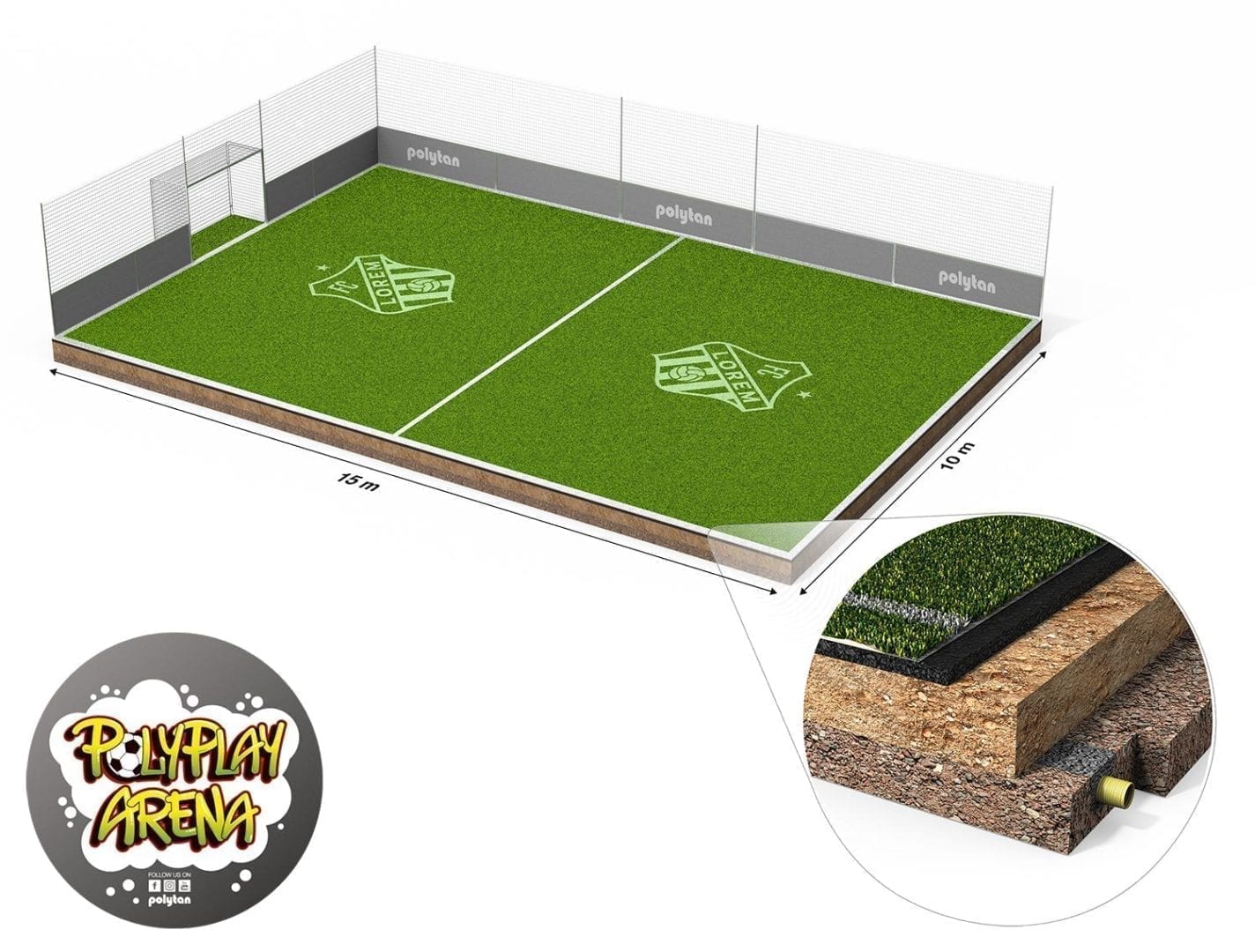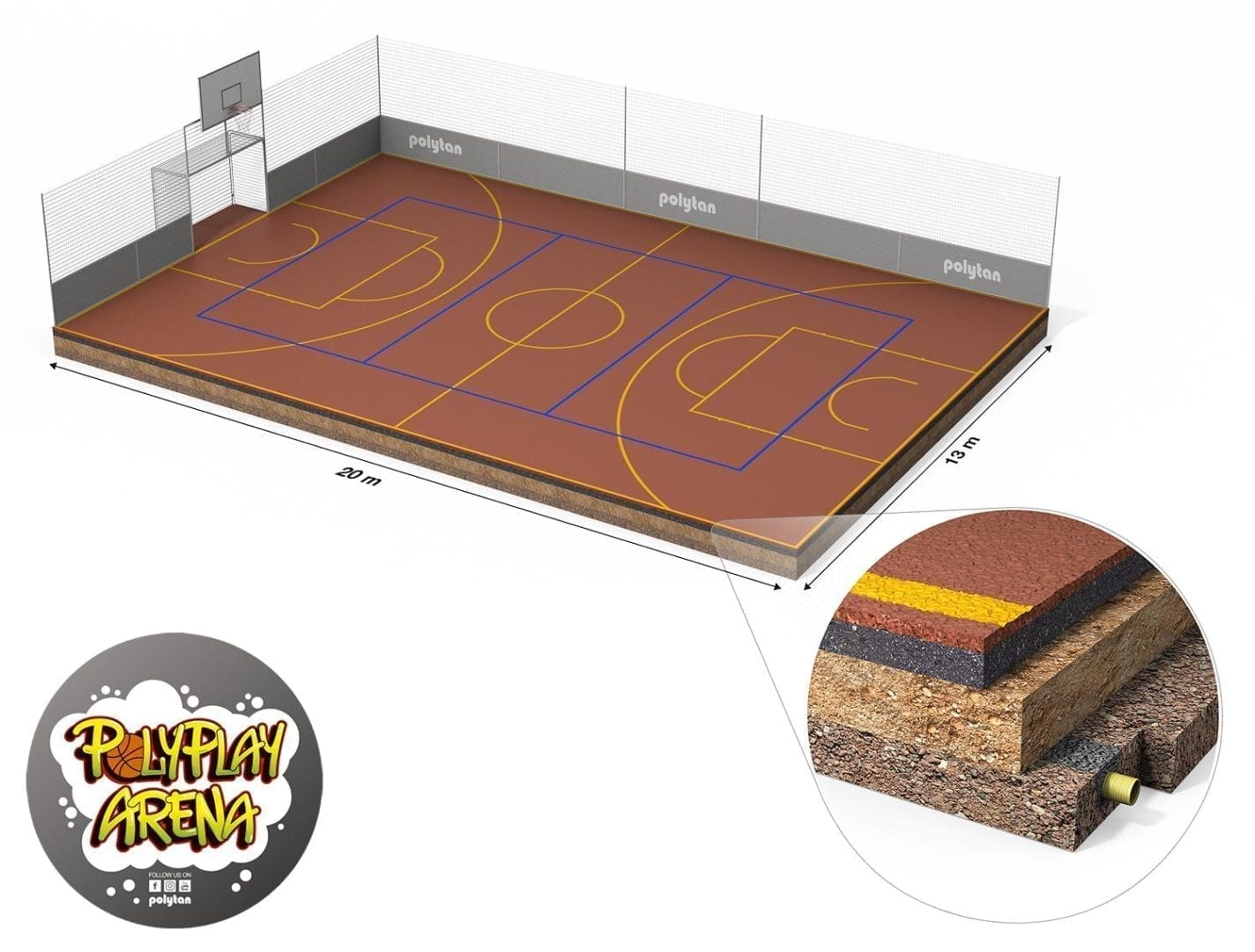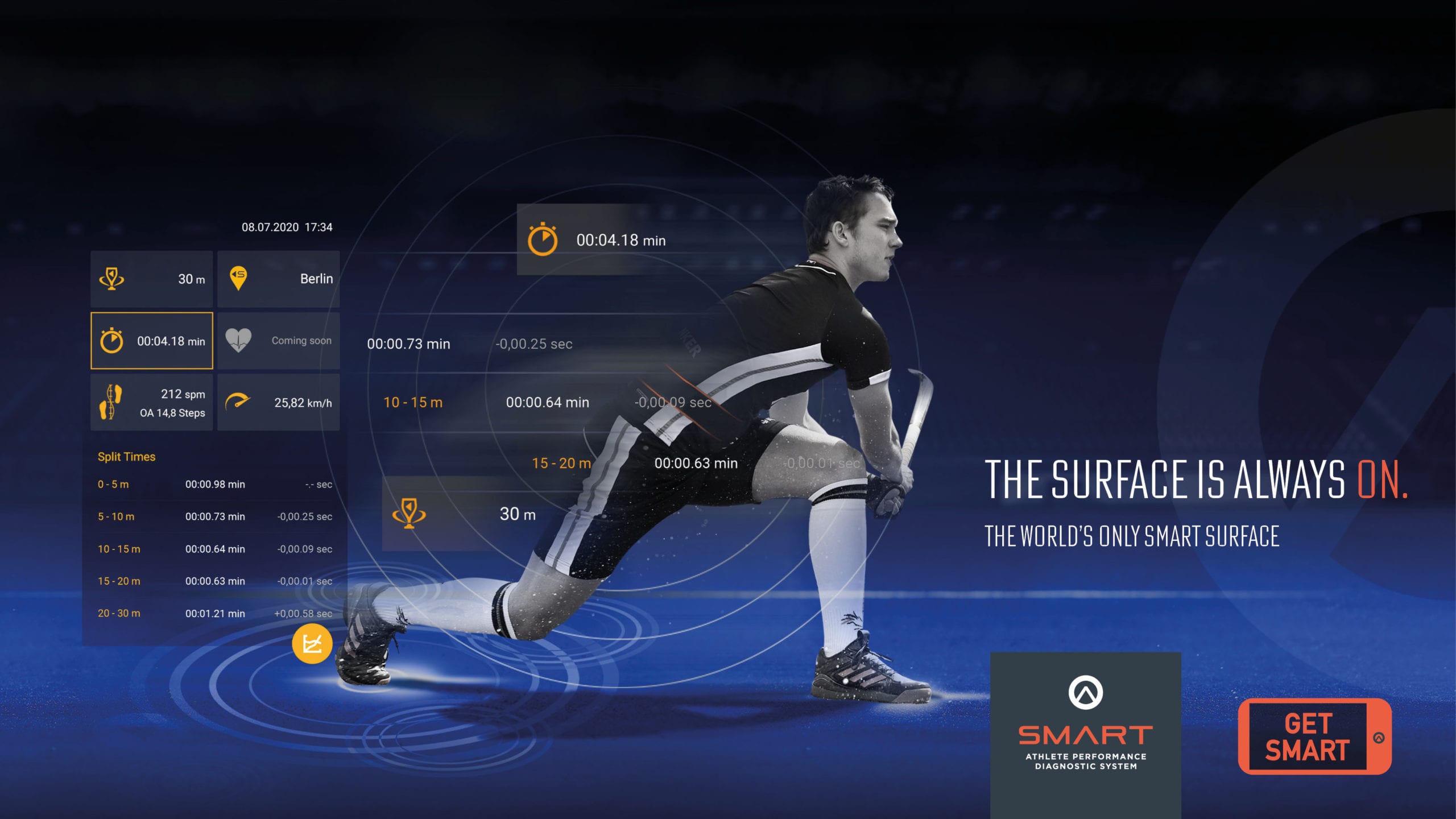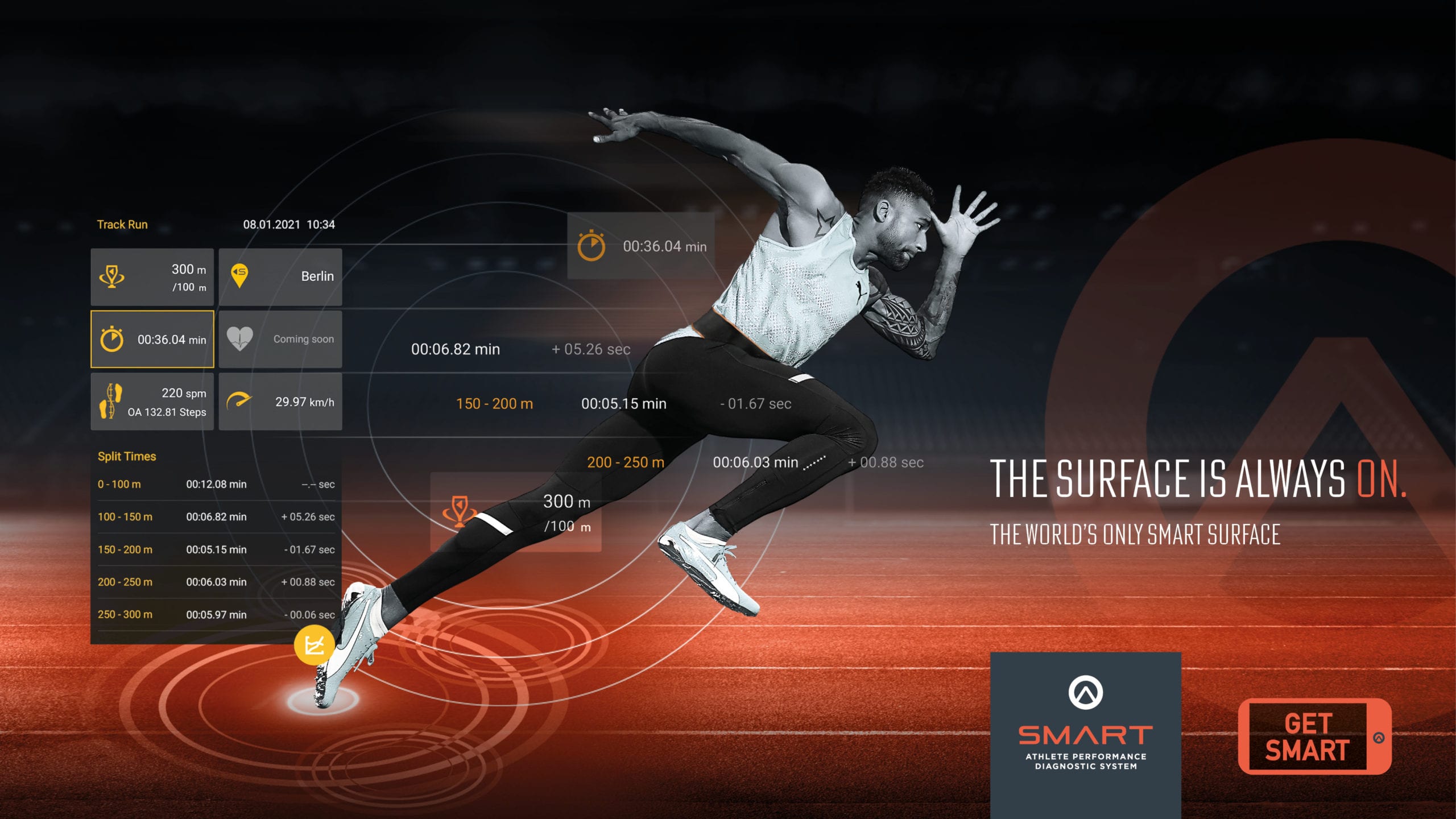Elastic granules in a synthetic turf improve the playing properties. However, due to the size and the material properties of the rubber granules, they are considered a microplastic. In the medium-term, an EU ban will prevent rubber granules being used as an infill. The big question for the industry now is: How can the high demands of a sports surface be met if rubber granules are banned? One solution is infill that, on the one hand, complies with green laws such as the Circular Economy Act, and, on the other hand, satisfies athletes’ requirements. Polytan has multiple solutions to offer.
The ongoing discussion about an EU-wide regulation concerning microplastics in sports facilities has caused widespread uncertainty among operators, planners and investors. The granules are thought to release microplastic particles that pollute the environment. Whether or not the rubber granules will be banned is yet to be decided. The EU Commission is expected to make its ruling before the end of the year.
Almost no one disputes that protecting the environment is an important consideration in the construction of future sports facilities. Especially not in Germany, which has the highest number of synthetic turf playing fields in the entire EU, according to the Federal Institute of Sport Science. “Public-minded sport can and will make its contribution to reducing environmental pollution caused by microplastics,” states Andreas Silbersack, Vice President Sport Development at the German Olympic Sports Confederation (DOSB). That is why, in a fact paper dated 30 July 2019 prepared jointly with the Federal Institute for Sports Science, the association draws attention to the fact that the choice of “fillers, handling of the synthetic turf system after it has reached its maximum useful life, end-of-life (EOL) consideration and the reuse and recycling of synthetic turf systems determine the environmental impact”. In the case of synthetic turf, the fact paper distinguishes between three categories with regard to fillers: 1. Unfilled synthetic turf systems; 2. Synthetic turf systems with mineral infill; 3. Synthetic turf systems with mineral and synthetically produced, elastic or organic infill.
According to the same fact paper, mixtures with natural infill materials (sand, cork-sand mixture, etc.) will not be affected by the possible EU rule change.
This is where Polytan’s innovative strength comes into play by offering several sustainable infill options at once. The materials used fulfil the high quality requirements of sports facilities, while ensuring that the production process runs as resource-efficiently as possible. This is part of our corporate strategy aimed at carbon-neutral production. The shift toward emissions reduction can clearly be seen in the growing number of Green Technology systems and increasing production levels based on circular economy laws.
But what does the term “circular economy” actually mean? “It means that the materials used are not disposed of at the end of the product life cycle but recycled and reused instead,” says Anna Jantke, Consultant at Dassault Systèmes, in an interview with the trade journal “Produktion”. After all, waste not only generates emissions but squanders resources and energy, too.
Polytan embraces this concept and, where possible, avoids traditional, linear production processes. To create a cycle that is as closed as possible, the end of the process – i.e. disposal via recycling – is already taken into consideration when our products are developed. This also applies to the infills we offer.
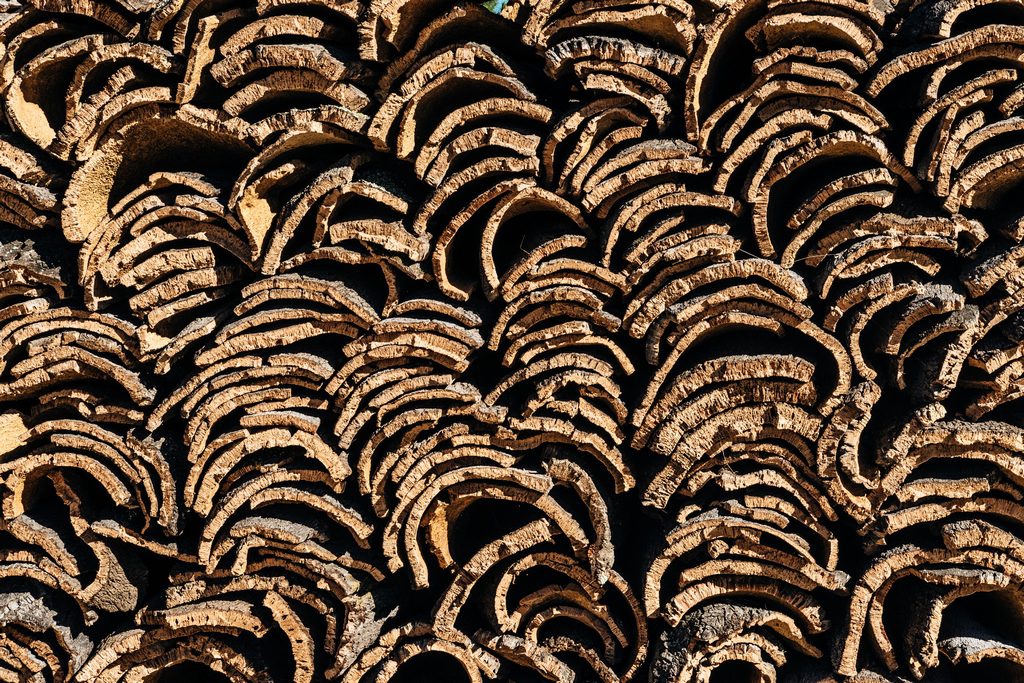
One excellent example is BrockFILL. Polytan uses natural wood in the mixture, specially developed for synthetic turf. It is acquired from regional, fast-growing pines that are planted specifically for processing. After about a decade, the trees are ready to be felled and used as a component for a wood/sand mixture that helps to create a synthetic turf that meets a variety of sporting requirements. The mixture has multiple benefits: for instance, durability, optimal drainage properties, a cooler ground temperature and the prevention of weed growth. What’s more, the material does not splinter or float. It is also free of mould and bacteria, which are often a problem when using organic materials. At the end of its service life, the material is fed back to the environment as mulch rather than being sent to a landfill.
The infill material has been checked in various turf systems for sporting suitability and meets the requirements of FIFA Quality, ONE TURF and World Rugby. In terms of sports biomechanics, tests have shown that the material made of wood and sand offers benefits for movement patterns. Ultimately, using BrockFILL not only has a positive effect on the environment but on athletes as well.
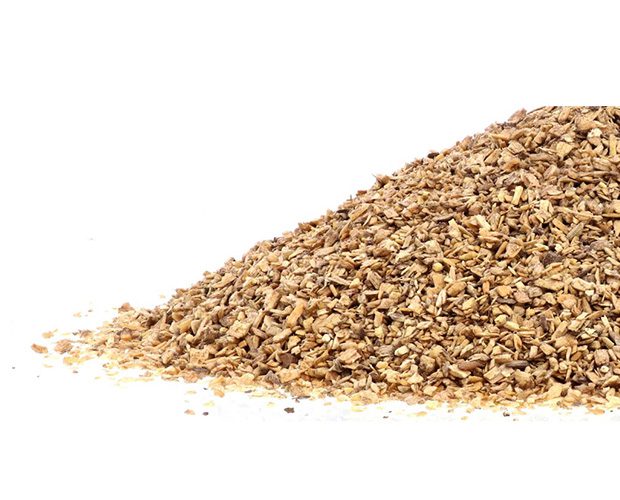
BrockFILL
The wood particles are manufactured in a special process: splinters and fungus are cleared away before the particles are rounded off. This results in wood chips that are softer and less abrasive to the skin. In addition, BrockFILL particles absorb rainwater and condensation. The absorbed moisture is then gradually released for cooling. Because it becomes heavier when wet, BrockFILL does not float, preventing it from being washed away in heavy rain. Synthetic turf filled with BrockFILL feels like natural turf and falls within the optimal traction range.
Cork is another infill material that lives up to Polytan’s sustainability requirements. This natural material is extremely environmentally friendly, as exhibited by the following facts: Cork forests are among the world’s 36 biodiversity hotspots, partly because they are hungry for CO2. With a surface area of around 2.3 million hectares, for example, the Mediterranean cork forests absorb around 14 million tonnes of CO2 each year. This equates to around a tenth of the CO2 emissions caused by traffic in Germany, according to the German Environment Agency.
Cork production is the source of income and livelihood for over 100,000 people, with a production area the size of 1 million football fields. At least half of the world’s annual cork supply originates from the Montados, the Portuguese cork oak forests, according to the German Cork Association.
In addition, the bark offers good insulating properties. This protects the surfaces of the sport facilities from excessively high or low temperatures. At the same time, the infill granulate is breathable and resistant to pests and bacteria.
Polytan uses these properties in the Amorim Nature 130. The name represents natural infill granules for synthetic turf pitches. Like BrockFILL, the cork mixture offers excellent biomechanical properties. “It assists shock absorption, reducing the risk of injury and, thanks to a lowered energy recoil, it provides more player comfort. The mixture gives the artificial turf fibre the necessary support function and does not rot,” explains Polytan Managing Director, Friedemann Söll.
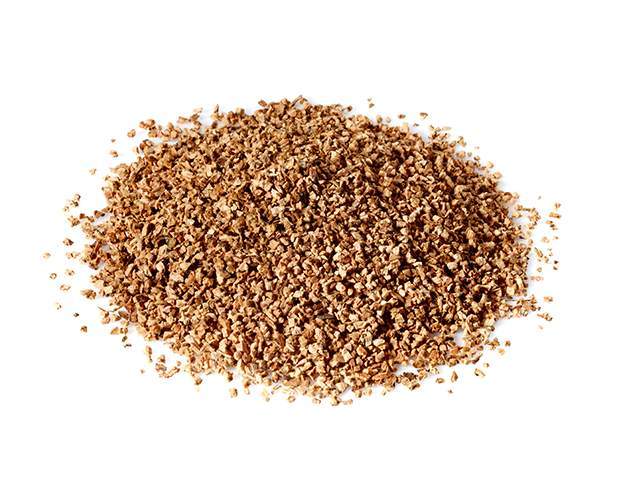
Cork
Cork oak must be up to three decades old before it can be peeled. After peeling, it must regenerate for at least ten years. The bark can then be peeled again. Regularly peeled cork oak trees absorb up to 30% more CO2 than those that are not peeled.
Infill made of shredded olive pits and sand is another sustainable alternative to rubber granules. Some Polytan products rely on the olive pit mixture in the substrate. The sand/olive pit mixture also meets the requirements of the circular economy. And, like the other infills that have already been mentioned, it is compostable.
Olive pits are a waste product from olive oil production. The last fruit and peel remnants are separated from the cake. Dried and ground, they can be used as an environmentally friendly infill mixture. Like BrockFILL, Olive pit granules do not float, and therefore stay in place during heavy rain. They are also a durable and temperature-regulating material.

Olive pits
When producing olive oil, the olive – including the stone – is pressed. The resulting pomace is then centrifuged. This separates the oil from the fruit pulp and peel residue. Once dry, the residue forms beige granules that look very natural. The particles can be processed in selectable sizes during shredding.
